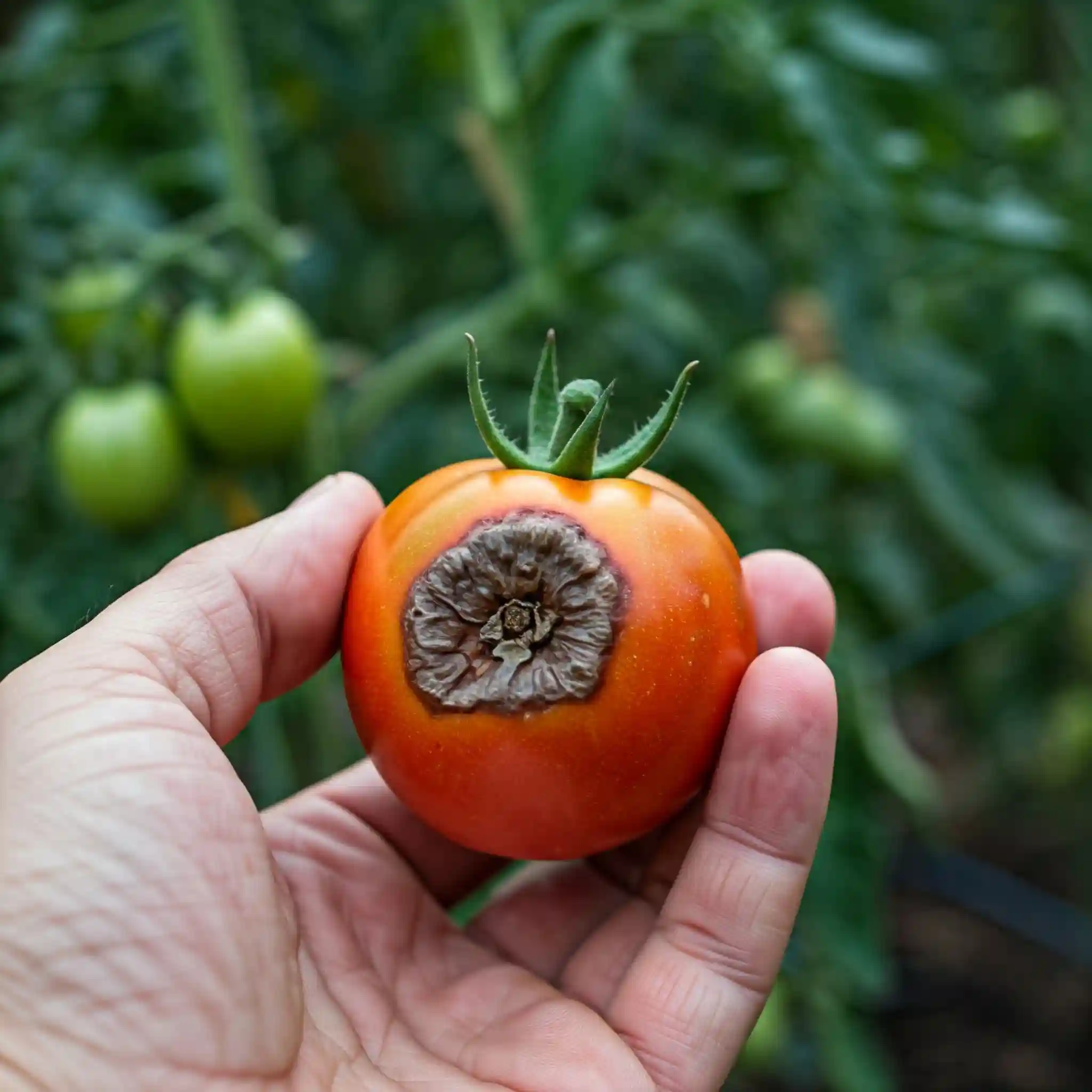Key Takeaways
- The Philodendron silver sword is a climbing plant native to South America’s tropical rainforests.
- It requires bright, indirect light and a well-draining soil mix.
- Water the plant well, especially during the spring and summer, but avoid overwatering.
- The plant appreciates warm temperatures and medium to high humidity.
- Propagate the plant using stem cuttings or division.
- Common pests and diseases include spider mites, mealybugs, and root rot.
- The plant is toxic to pets and humans if ingested.
The Philodendron silver sword (Philodendron hastatum ‘Silver Sword’) is a popular houseplant due to its pale, silvery green color and arrow-shaped leaves. As it matures, its leaves become increasingly elongated and tri-lobed. Paired with its climbing growth habit, this impressive foliage adds an instant tropical feel to any room. While it is native to rainforests across South America, this Philodendron has become popular as a houseplant. Before adding one to your home, pet owners and parents of young children should be aware that like all Philodendrons, the Philodendron silver sword is considered toxic to pets and humans if ingested.
Table of Contents
Philodendron Silver Sword Care
In its natural habitat, the Philodendron silver sword grows up trees and other vines in the understory of South America’s tropical rainforests. Consequently, it enjoys warm temperatures, filtered light, and consistent moisture. Since it has a climbing growth habit, it will also appreciate being given a moss pole or trellis to climb up as it matures. Don’t let these care requirements scare you off though—this plant is actually pretty easy to care for indoors.
Light
This Philodendron thrives with plenty of bright, indirect light. Choose a spot directly next to a sunny window, but avoid prolonged exposure to harsh, direct sunlight if possible. At the same time, be aware that a lack of light will result in lackluster-looking leaves and leggy, stunted growth.
Soil
As an aroid, the Philodendron silver sword needs an airy soil mix that retains some moisture but drains well. You can find soil mixes designed for aroids online or at specialty plant shops, or you can easily make your own. Combine equal parts indoor potting soil, perlite, and orchid bark mix for a chunky, rich soil mix that your Philodendron silver sword will love.
Water
It’s important to keep these plants watered well, especially during the spring and summer. The soil should stay evenly moist, but not soggy. To prevent overwatering, allow the top inch of soil to dry slightly between waterings and then water well. Always allow the excess water to drain from the pot’s drainage holes to avoid drowning the roots and causing root rot.
Temperature and Humidity
Native to rainforest conditions, these Philodendrons appreciate warm temperatures and medium to high humidity. If the air in your home is dry, consider using a humidifier or placing a tray of water near the plant to increase the humidity.
Propagation
The Philodendron silver sword can be propagated using stem cuttings or division. Stem cuttings should be taken from the plant’s stem tip and placed in water until roots form. Once roots have formed, the cutting can be planted in soil. Division involves separating the plant into smaller sections and planting them in separate pots.
Pests and Diseases
Like all houseplants, the Philodendron silver sword is susceptible to pests and diseases. Common pests include spider mites and mealybugs, which can be treated with insecticidal soap or neem oil. Root rot can occur if the plant is overwatered or if the soil does not drain well. To prevent root rot, ensure that the soil is well-draining and that the plant is not sitting in standing water.
Frequently Asked Questions
How often should I water my Philodendron silver sword?
Water your Philodendron silver sword well, especially during the spring and summer. The soil should stay evenly moist, but not soggy. To prevent overwatering, allow the top inch of soil to dry slightly between waterings and then water well. Always allow the excess water to drain from the pot’s drainage holes to avoid drowning the roots and causing root rot.
How do I propagate my Philodendron silver sword?
The Philodendron silver sword can be propagated using stem cuttings or division. Stem cuttings should be taken from the plant’s stem tip and placed in water until roots form. Once roots have formed, the cutting can be planted in soil. Division involves separating the plant into smaller sections and planting them in separate pots.




